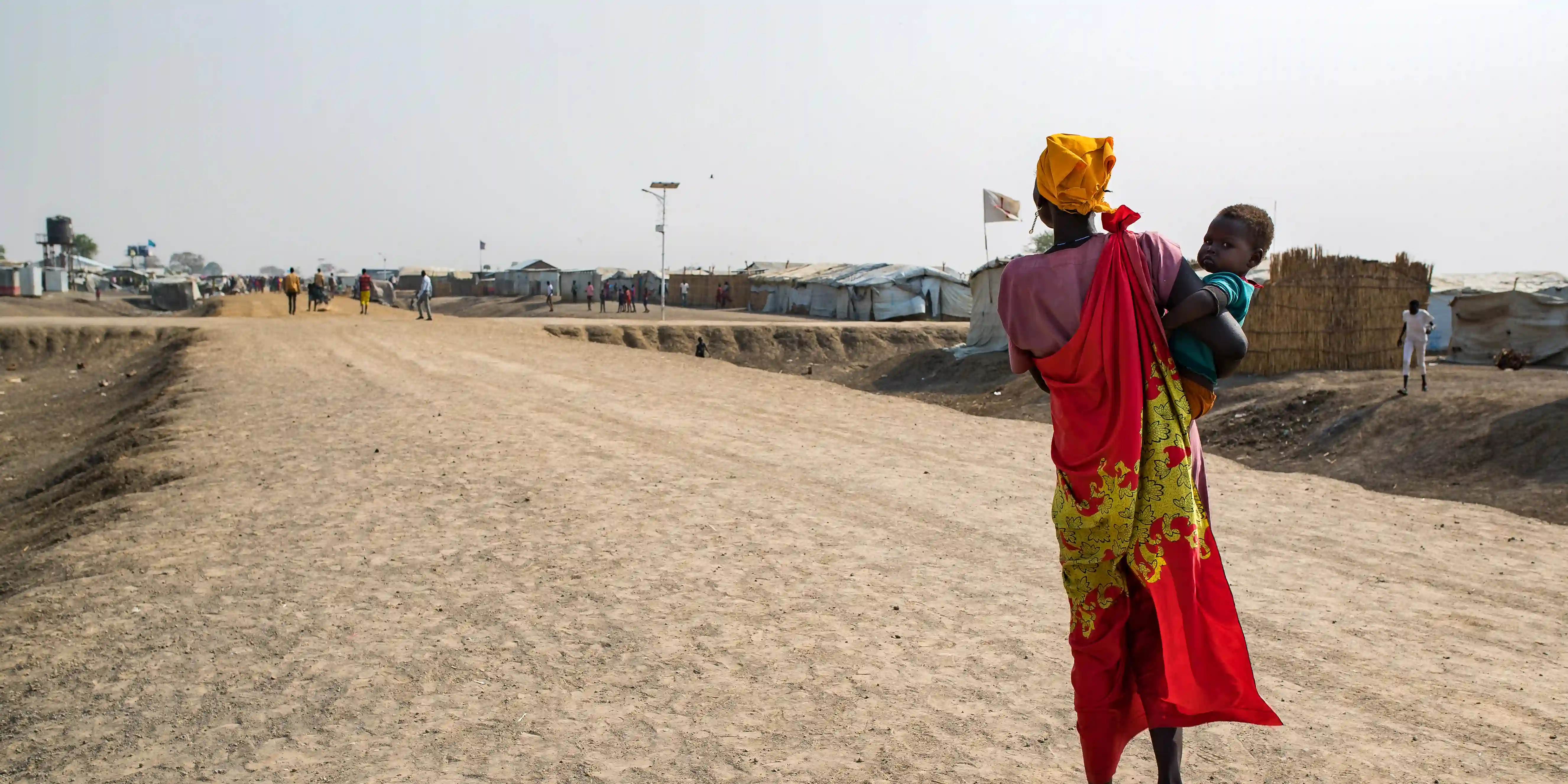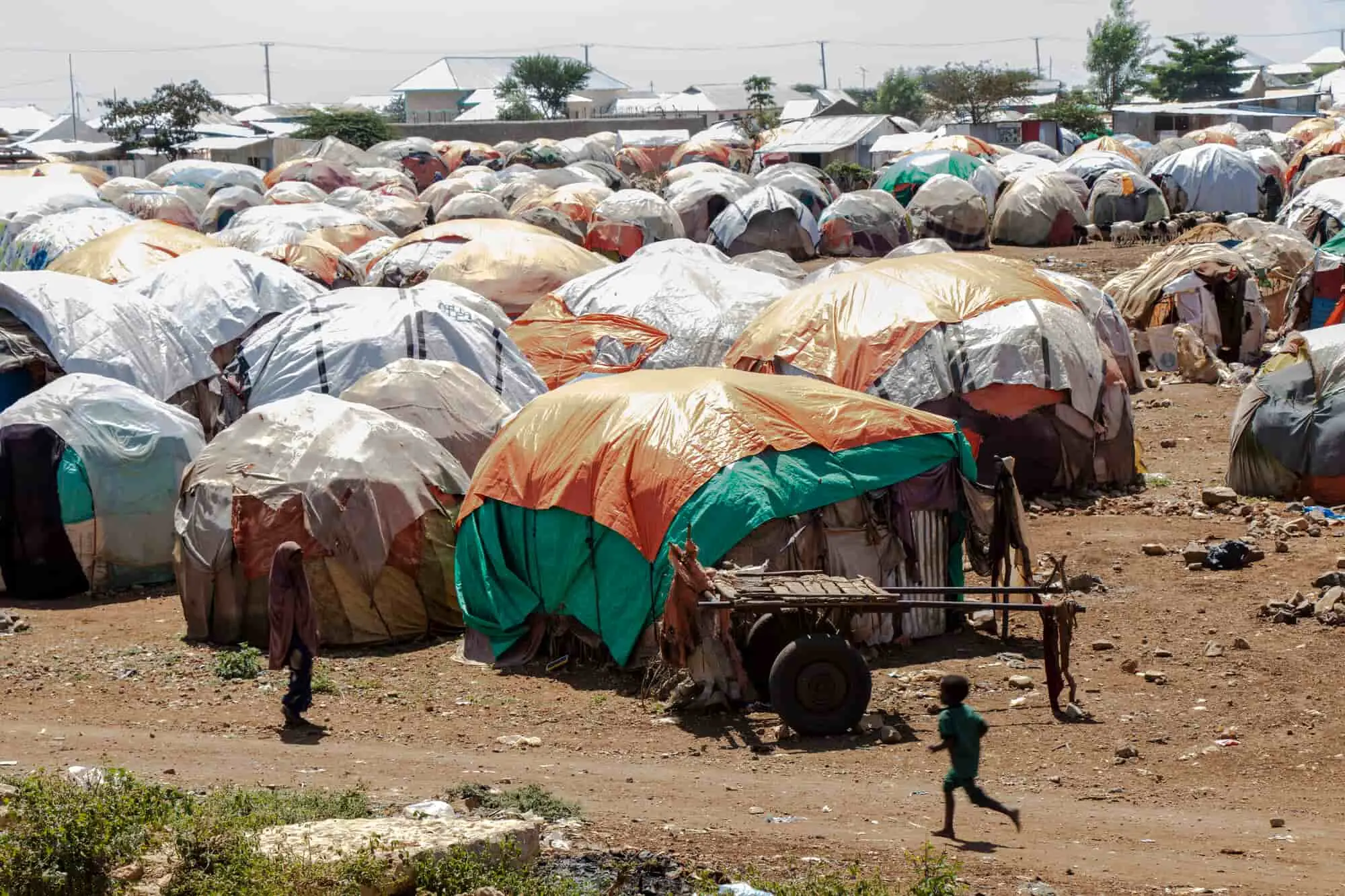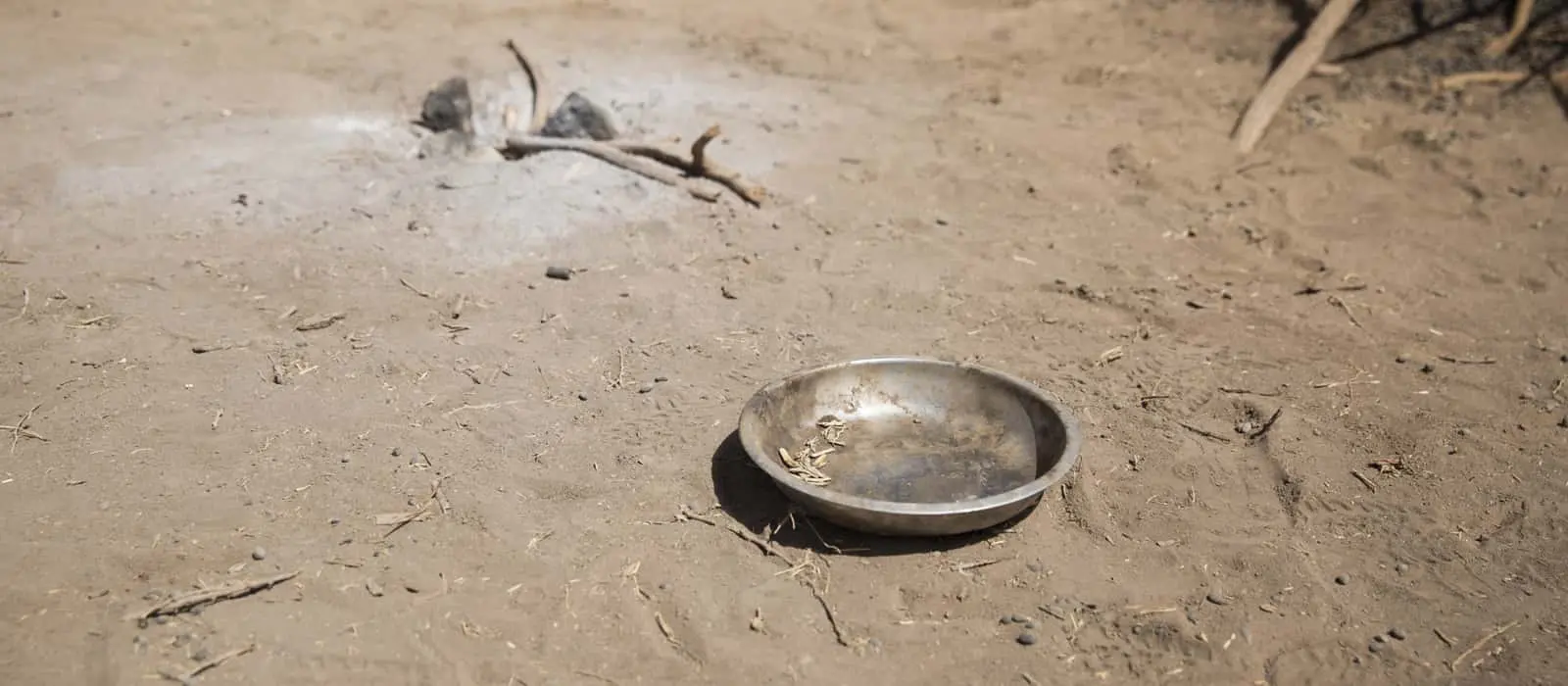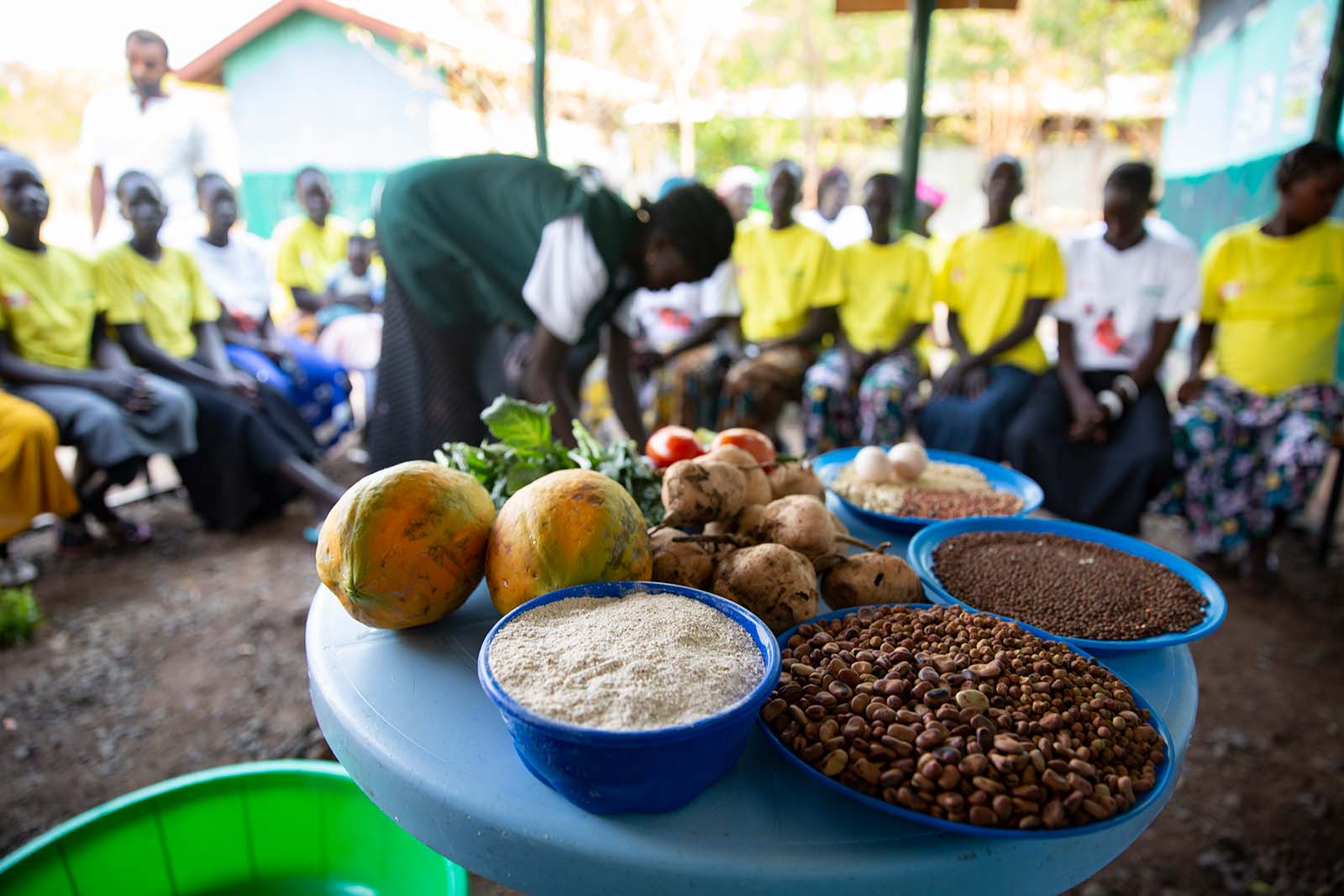Forced migration — as a result of conflict, natural or environmental disaster, or other stress factors — is one of the biggest causes of hunger in the world today. Writing in the 2018 Global Hunger Index, Dr. Laura Hammond of SOAS University of London outlines the challenges and some possible solutions.
The year’s not over yet, but the UNHCR estimates that, as of the middle of 2021, the world has exceeded 84 million forcibly-displaced people. This includes the biggest global refugee crisis in modern history, as well as at least 48 million people displaced within their own country. According to a World Food Programme report, when you include all international migrants, that number goes up to 272 million (with 95 million living in low- and middle-income countries).
Conflict and climate change are two of the biggest contributors to this mass migration, though most people are not forcibly displaced due to just one factor, but rather a combination Hunger and migration go hand-in-hand here. Hunger is both a danger that threatens the lives of people forced to leave their homes, and a key influence on their decisions about when and where to move. Here are some more things to know about the links beyond hunger and migration.
Hunger and migration by the numbers
Before we get into it, some key figures to note via the World Food Programme:
- Pre-pandemic, there were 272 million international migrants (including refugees)
- 95 million of those migrants live in low- and middle-income countries; 2.75 million are stranded
- Estimates for 2021 indicate at least 48 million people are internally displaced
- 800 million people depend on remittances sent home by migrant workers for food, education, healthcare, and housing
- 33 million people are at risk of hunger due to a loss in remittances
- 4 out of 5 displaced people live in countries with high levels of food insecurity and malnutrition
- 90% of countries with the largest numbers of internally displaced people are experiencing a major food crisis
Hunger is both a cause and consequence of forced migration
The links between conflict and hunger are clear. For civilians living in a conflict zone, conflict is not only a threat to their lives, but also their livelihoods. Lost wages mean they’re unable to provide for their most basic needs, including food. If the situation is bad enough, and if a person is lucky enough to get out, they will flee to safety.
That’s one reason for leaving home, but hunger is consistently a cause and consequence of forced migration in other instances. Some of the harshest effects of climate change are felt in countries where the main economy is agriculture, and droughts and floods have the same devastating effect on livelihoods in these areas. Even a natural disaster not driven by the climate crisis, like an earthquake, could lead to a family uprooting their lives if the circumstances are dire enough.
Some people manage to migrate with the bulk of their savings or assets in-tact. Some may not face the immediate threat of hunger before they are displaced. But others are not as fortunate: By the time they move, they have lost everything. Or, they’re displaced multiple times, with each move further eroding their finances, food security, and resilience.
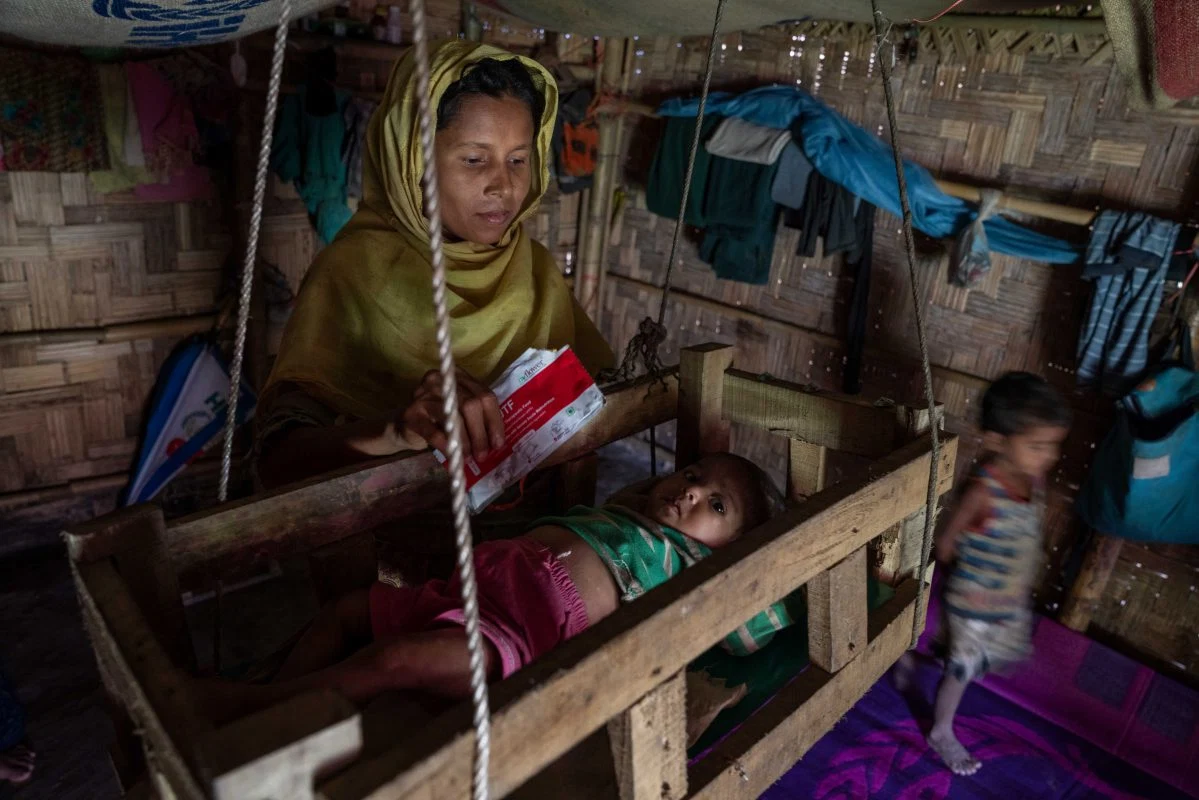
Hunger and displacement are political problems
Concern and similar nonprofits working in the humanitarian sector are non-governmental organizations. However, that doesn’t mean that the issues we’re responding to are apolitical. This includes hunger.
Hunger, like displacement, is usually the result of political circumstances. Natural disasters like droughts, floods, and severe weather events only lead to hunger and displacement when governments are unprepared — or unwilling — to respond because they either lack the capacity or engage in deliberate neglect.
Drought, for example, is a slow-onset disaster that takes several years to develop. With adequate early warning and response systems, as well as a healthy dose of political will, there is no reason that drought must lead to hunger and famine. Nonetheless, hunger is still allowed to occur. This is because policies, corruption, negligence, or a lack of leadership prevent people from accessing the resources they need.
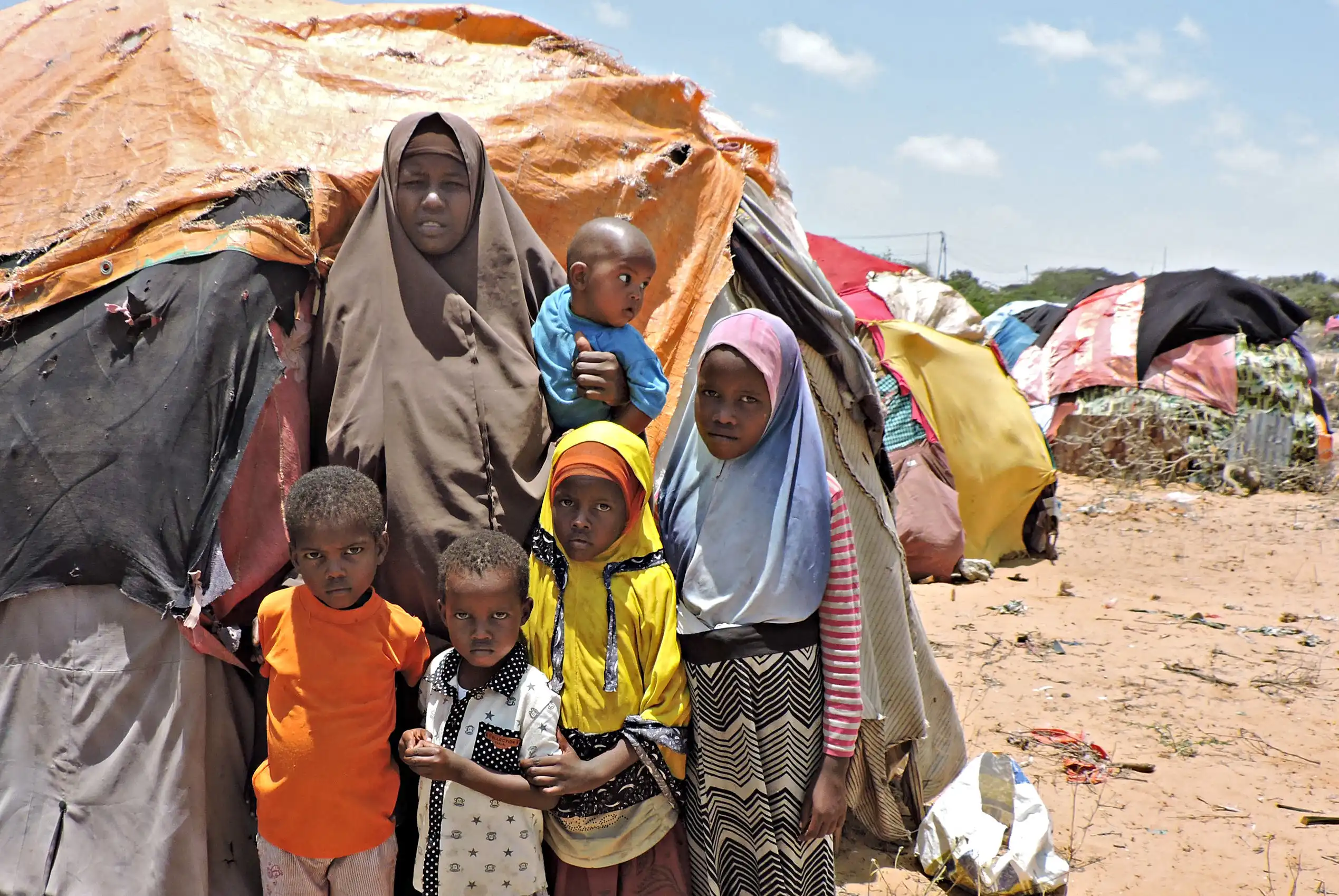
Displacement puts people in desperate situations
Policies designed to assist refugees and IDPs often backfire. Instead of supporting their agency in host communities, they undermine their resilience. Some of the most common restrictions for refugees are being legally prohibited from moving around the country, owning property, or holding a legal job. Somali refugees in Kenya are subject to all of these restrictions. This limits the ability of displaced people to gain access to food that is adequate in quantity and quality.
For people with families to feed, and in many cases families to support back home, this isn’t an issue that they’ll simply accept. Refugees and IDPs will find ways to meet their most basic survival needs, especially food, even if it means getting creative with their resources. This often gets misrepresented in the news as abusing humanitarian aid systems. But even if the coping mechanisms are negative, such as trying to get an extra ration card to cope with infrequent and inadequate food distribution, that’s not out of malice. It’s a survival instinct, one that we all have.
Humanitarian action alone can’t solve this issue
When a situation forces people to leave their homes, the global response is almost always to take humanitarian action. And nothing else. Obviously, we’re in favor of humanitarian action — that, along with development, is one of our two mandates at Concern. But these responses aren’t designed to be long-term. Humanitarian aid is designed to protect people from imminent death, disease, and starvation. In a refugee crisis, assistance helps those displaced to meet their most basic needs with the hope and expectation that they’ll be able to return to their homes in short order.
In practice, however, this is not the case. Estimates show that more than 80% of the world’s refugee population has been displaced for over 10 years, while 40% have been displaced for more than 20. The average duration of displacement for a refugee is currently 26 years. Protracted displacement is both a political and a development problem, and the failure to see it as such leaves people unable to secure their livelihoods in ways that would protect them from hunger and make them more resilient to shocks.
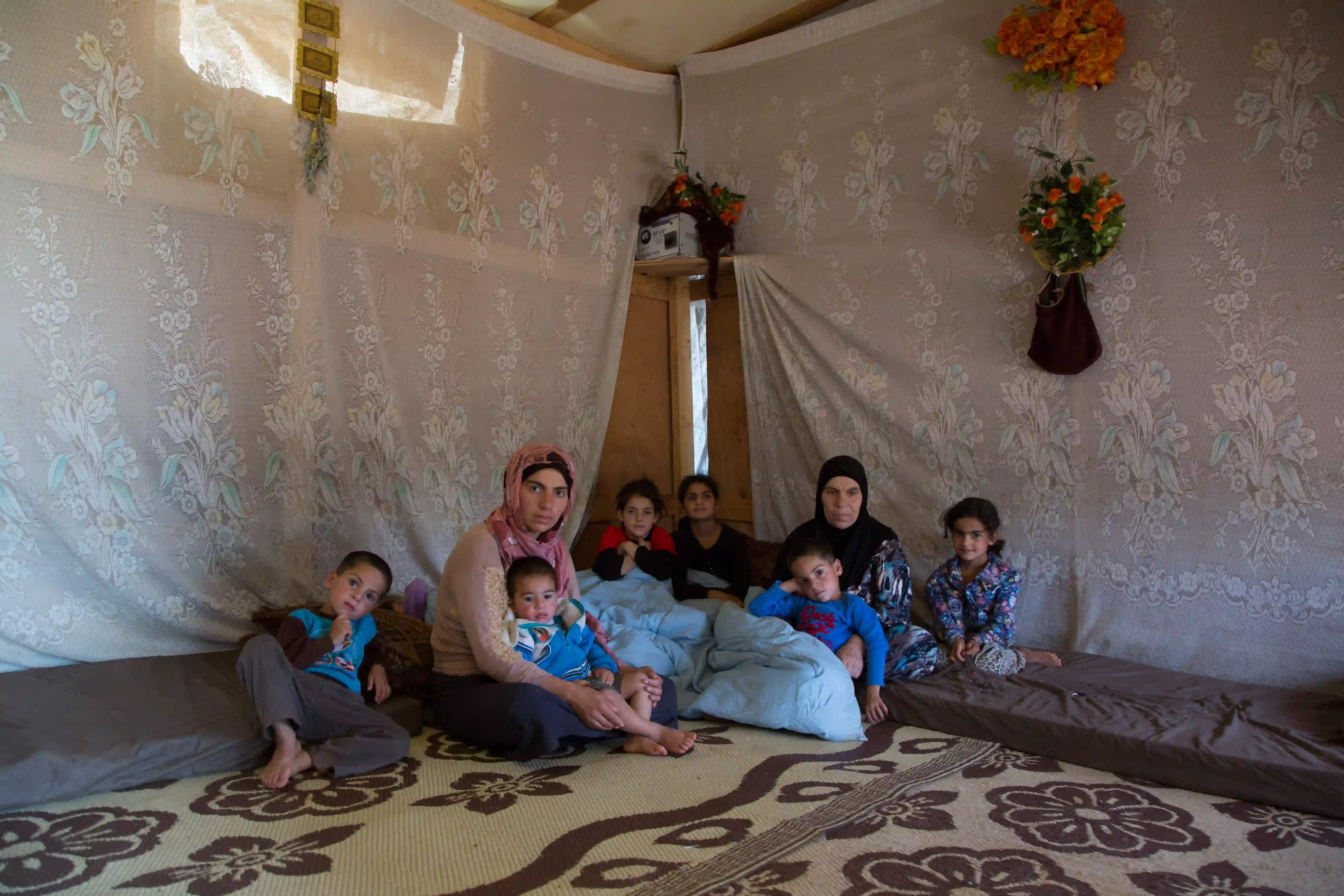
In refugee settings, food rations and cash support are minimal, and after the initial emergency phase is over, micronutrient diseases — such as anemia, vitamin A deficiency, niacin deficiency, and scurvy — are common. Displacement can also bring food insecurity to host communities, who share what they have with their displaced relatives and neighbors.
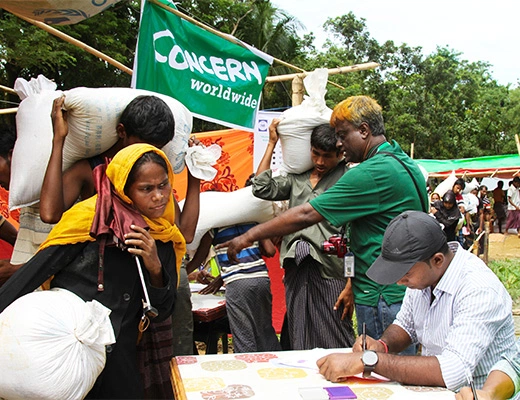
Hunger and migration: Solutions to a complex problem
We’re in the middle of a record-breaking global migration and refugee crisis. The traditional views we’ve taken on forced migration are no longer applicable in the current climate. In order to address the current challenges, we need to find solutions that will address the multiple factors contributing to the cycle of hunger and migration. This includes solutions designed to:
- De-restrict movement of migrants and refugees in host communities
- Support refugees, migrants, and IDPs in finding sustainable, safe, and dignified work that allows them to build a safety net in displacement and send money home
- Provide healthcare support to people living in displacement, especially those with chronic illnesses
- Ensure that people have access to markets where they can get enough high-quality food for the long term, so that they aren’t spending decades relying on humanitarian rations
- Most importantly, stop viewing displacement as a short-term crisis
As we’ve seen, migration due to climate or conflict is no longer a short-term solution, but rather a long-term move that can extend over years, if not generations. If we take that view from the start, a great deal of time, resources, and suffering can be spared.


